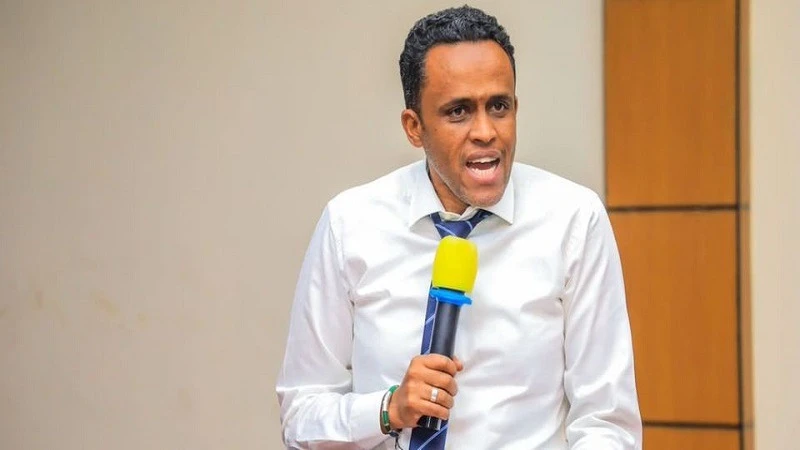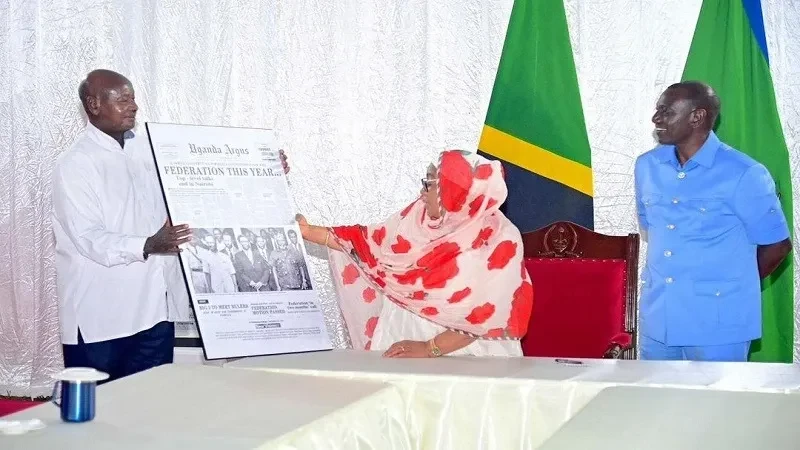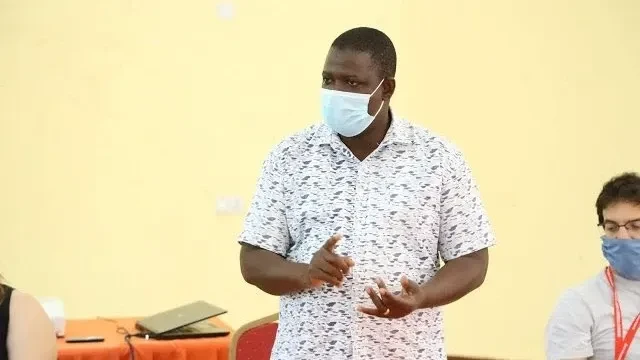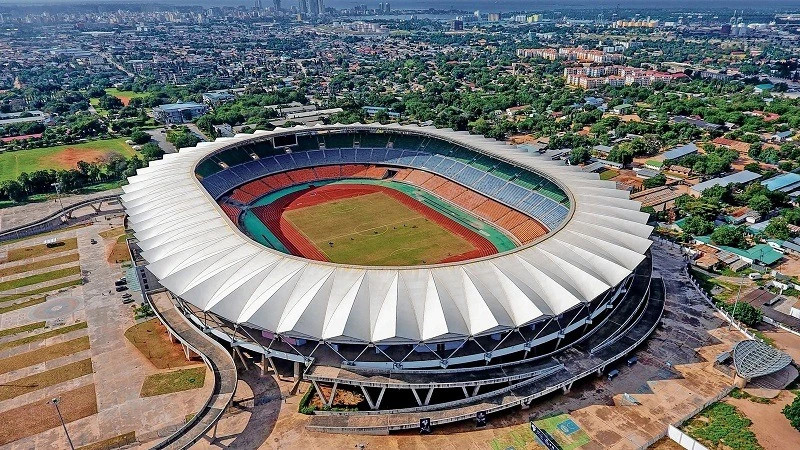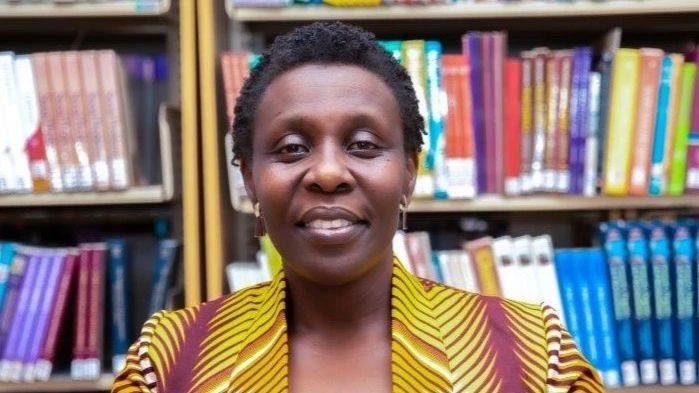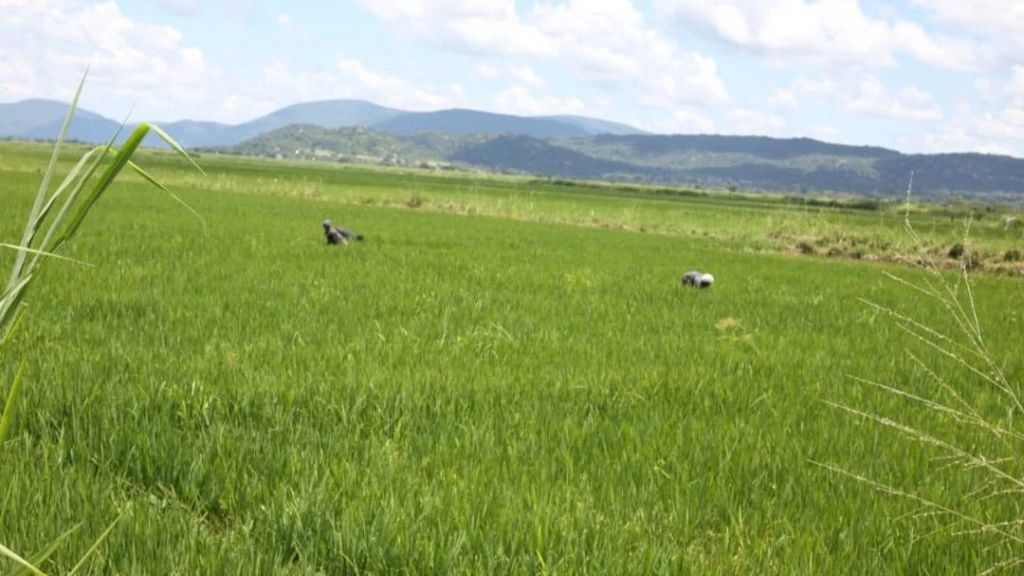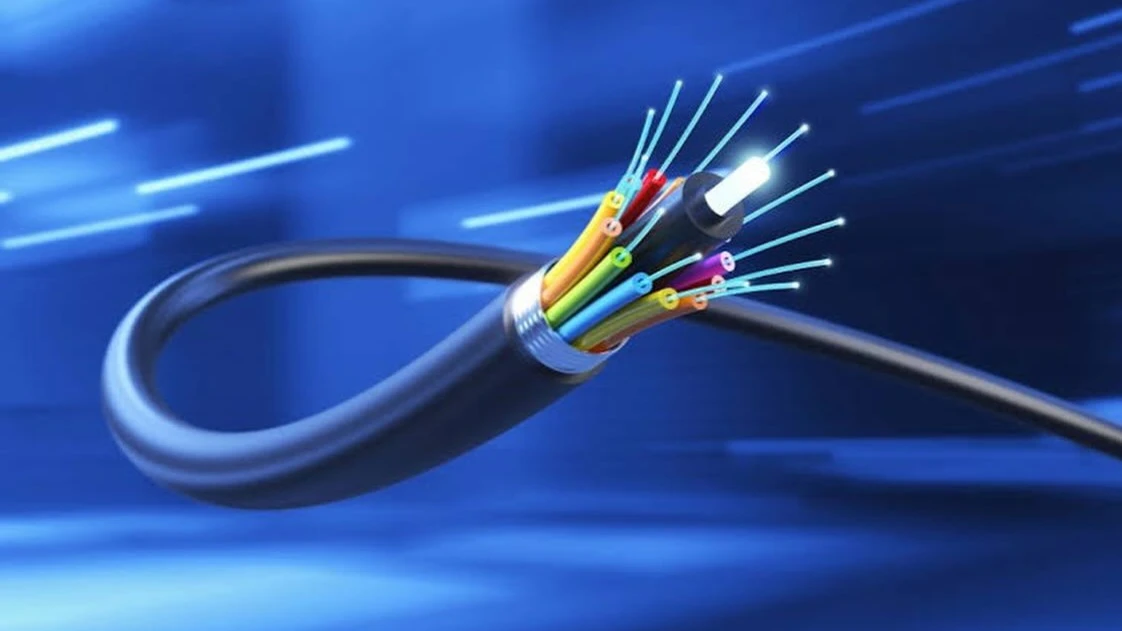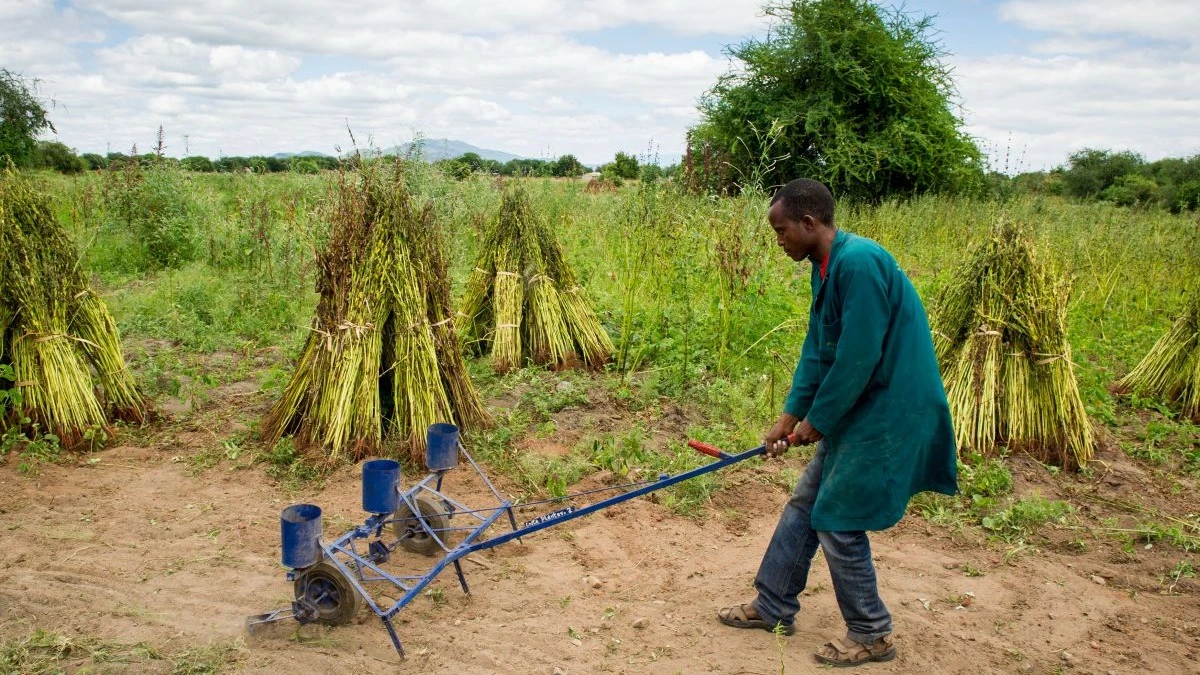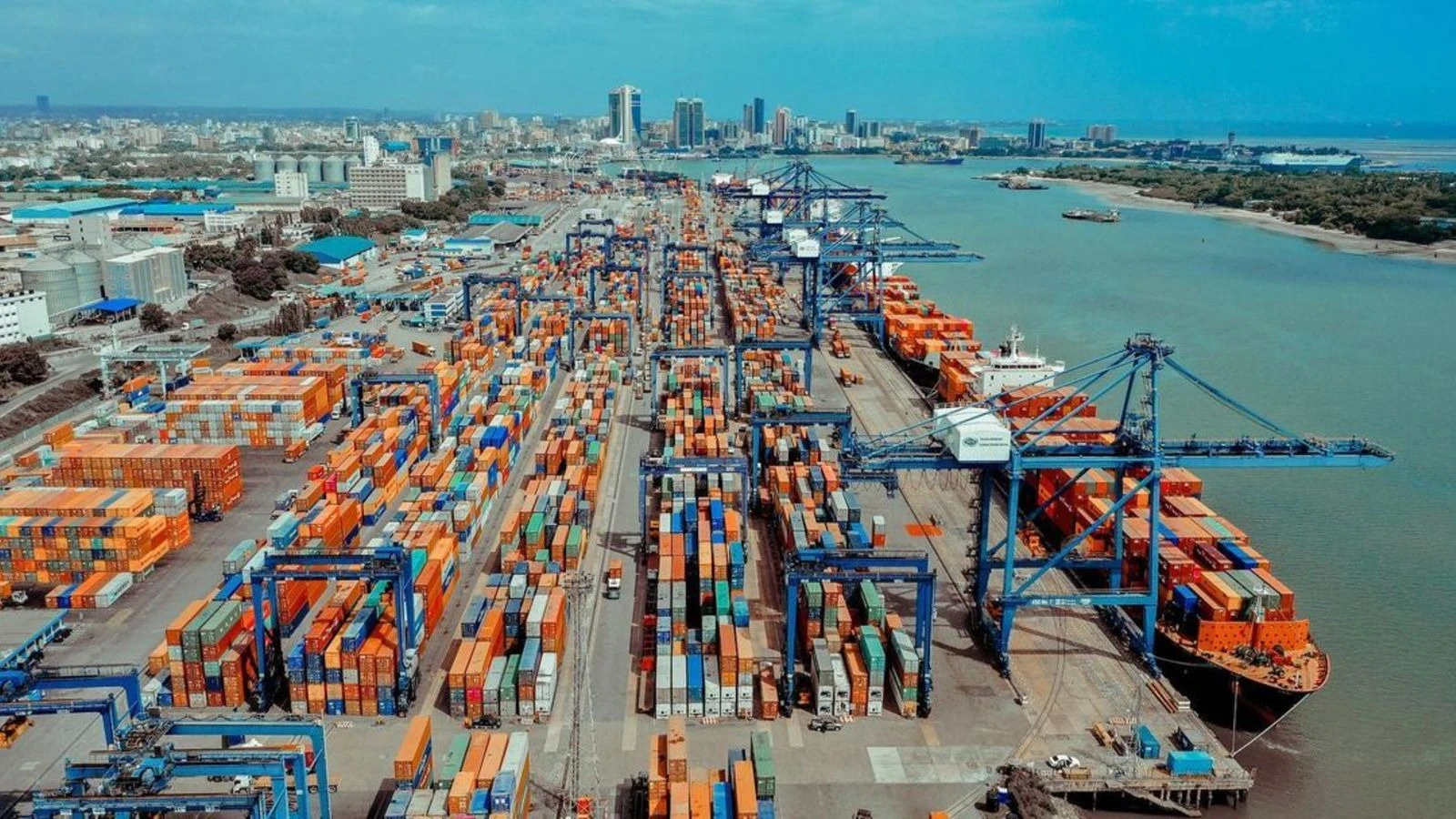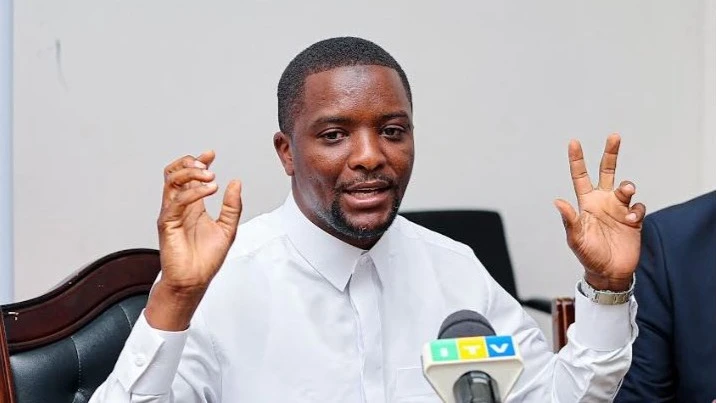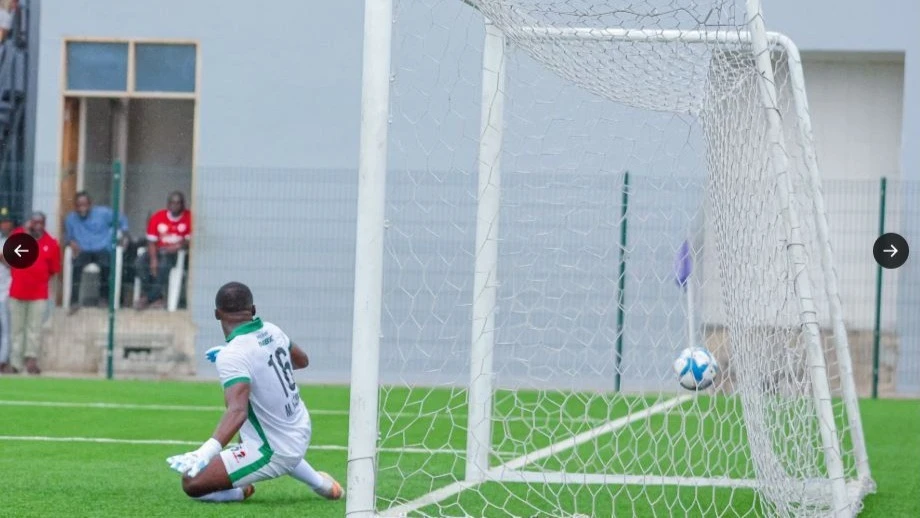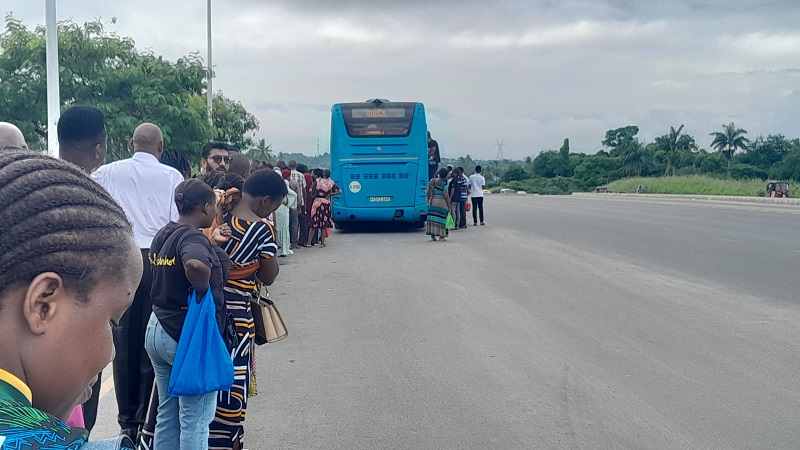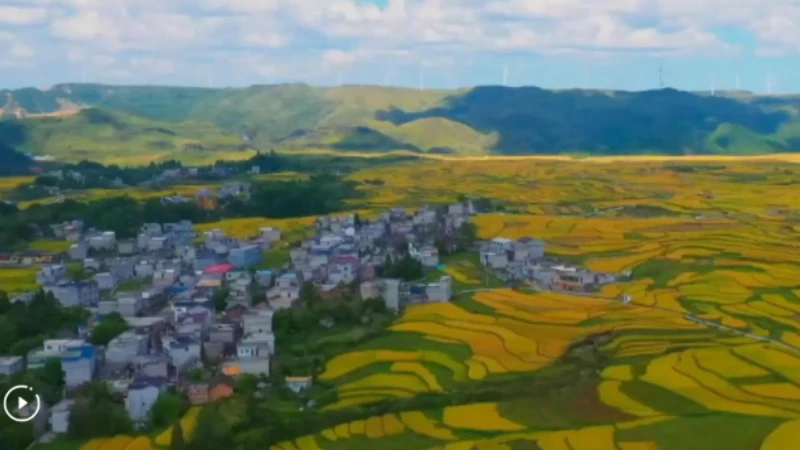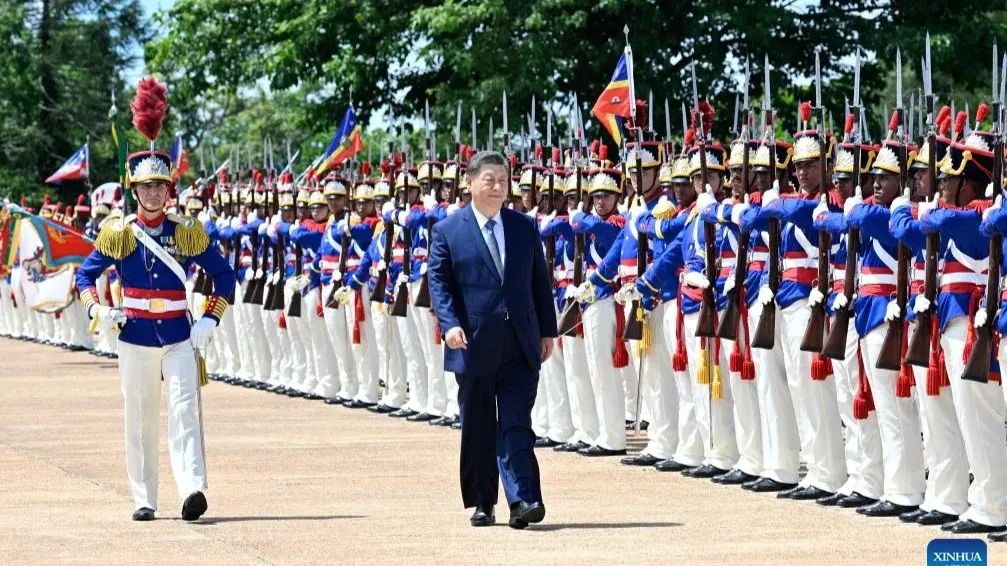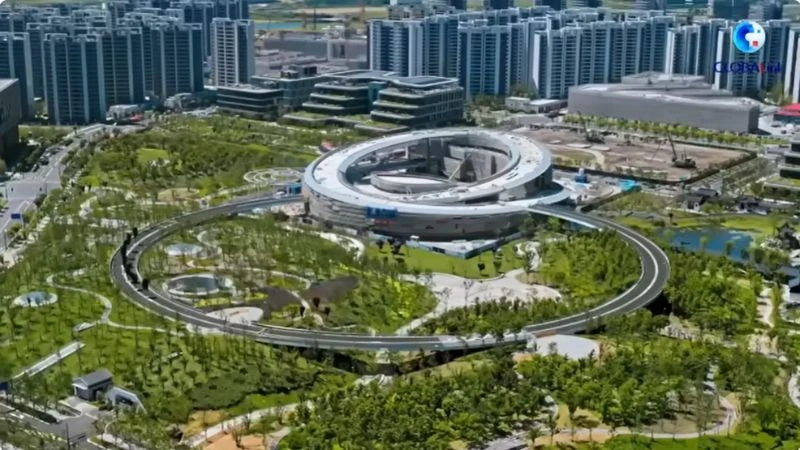Water sector development spending to rise by 40.8pc
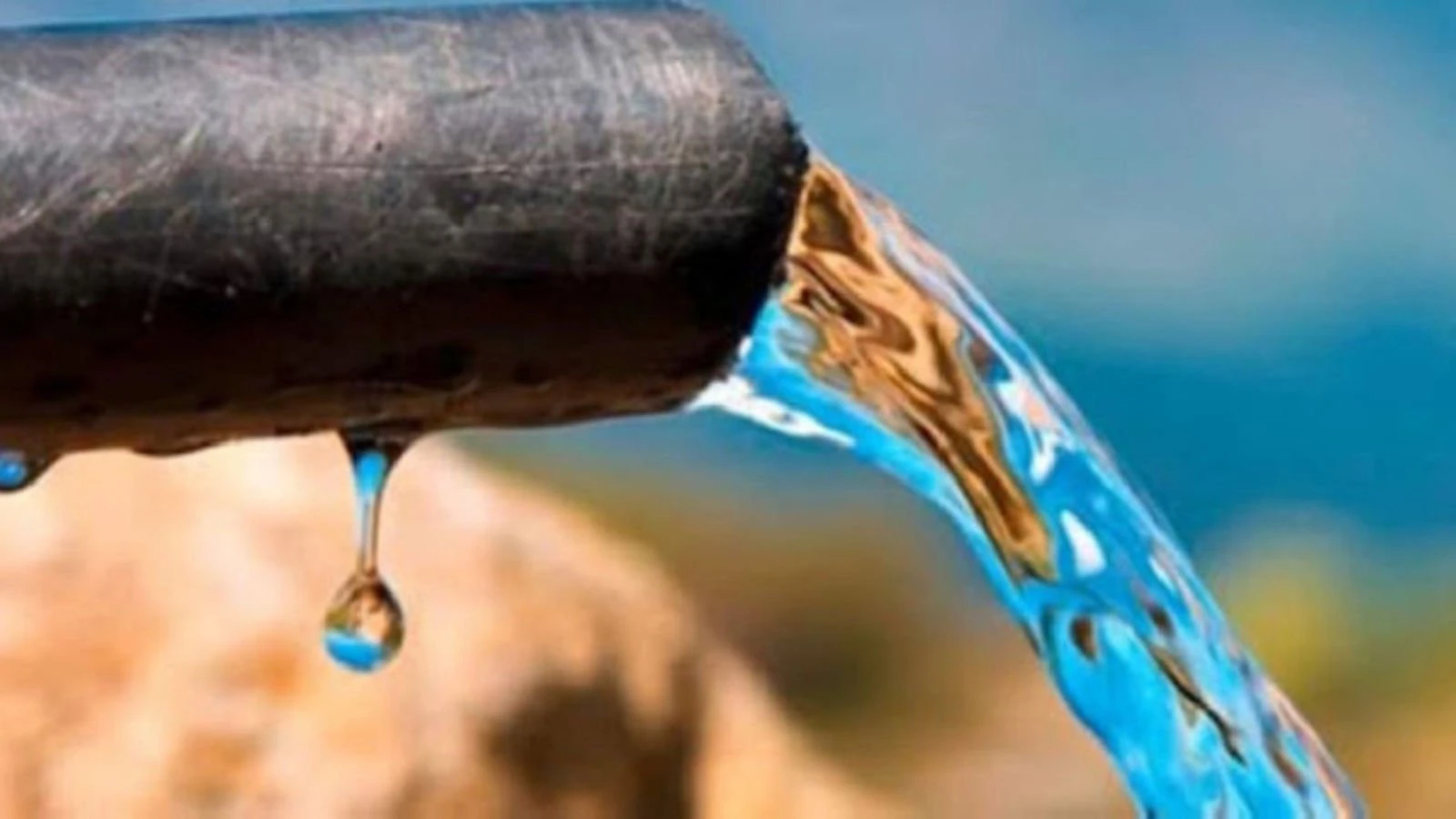
DEVELOPMENT spending in the water sector is expected to increase by 40.8 percent compared to fiscal 2024/25, with 943.11bn/- earmarked for implementing strategic projects.
Jumaa Aweso, the minister, availed this intention when tabling a 1.01trn/- budget for the 2025/26 fiscal year, outlining ambitious plans to expand access to clean, safe and sustainable water supply across the country.
Pointing particularly at rural areas, he said that water access is projected to rise from 83 percent to over 85 percent during the next financial year, similarly announcing amnesty decided by President Samia Suluhu Hassan for citizens penalized by water authorities.
The waiver on fines is applicable until May 31, 2025 where those with unpaid bills are encouraged to approach authorities for reconnection and structured repayments, he said.
The minister cited work to implement 1,544 water projects: 1,318 in rural areas and 226 in urban centres as pivotal to the ministry’s work in the next financial year, alongside large-scale strategic projects.
It is also taking up conservation of water sources, borehole drilling and building rainwater harvesting infrastructure, he said, noting that national water grid expansion connecting major water bodies to urban and rural areas will be undertaken.
Key routes include Lake Victoria water being put on connecting pipe to Dodoma and Singida; Lake Tanganyika water pumped in Kigoma, Katavi and Rukwa regions, while Ruvuma River will be used to supply water to Mtwara and Lindi regions. Rufiji River water will be used to amplify water supply to Dar es Salaam and Coast regions, he said.
Strengthening regulation and establishing testing labs in Arusha and Tanga will help to improve the quality of water supply, while existing labs will be upgraded to closely approximate global standards, he stated.
The government expects to conduct the mapping and protecting of 141 water sources, upgrading 100 resource management stations while constructing 50 groundwater monitoring centres, he said.
Budgetary resources will also be used to support 271 water user associations and 33 watershed committees, he said, similarly expressing the goal of construction and rehabilitation of 36 dams and designing 16 more.
The government will expand the national distribution network with over 2,200 water sources and 8,245 systems needing to undergo quality testing, he said.
A total of 28 projects to improve urban sanitation—including a new Mbezi Beach sewage system in Dar es Salaam and wastewater treatment in Dodoma are lined up, with climate adaptation projects planned for Lindi and surrounding regions, he said.
A dedicated initiative will target 1,781 underserved villages with 900 boreholes rolled out in two phases, where urban water supply expansion projects include the Rufiji River water transfer to Dar es Salaam and Lindi regions, he stated.
There is also the Vwawa–Tunduma water and sanitation schemes aside from network upgrades in Iringa, as well Kilimani and Mchangani areas in Lindi Region, he said.
Water supply initiatives in Kigoma, Mpanda and Sumbawanga are also lined up, while the Ruvuma River project will serve Mtwara-Mikindani and 23 neighbouring villages, he specified.
In Dodoma, a three-phase plan will address short-term supply at the University of Dodoma, Nala and Nzuguni areas, while mid-term construction of the Farkwa Dam is planned along with long-term transmission of water from Lake Victoria through Singida, he elaborated.
Efforts to reduce the national water loss rate from 33.4 percent to the international benchmark of 20 percent are underway, with measures including infrastructure rehabilitation, installation of prepaid meters, public education and legal action against vandalism and water theft, he explained.
Rural water coverage has risen to 83 percent at present, up from 79.6 percent in December 2023 as it now reaches 38.1m of the country’s 41.7m rural population, he added.
Top Headlines
© 2025 IPPMEDIA.COM. ALL RIGHTS RESERVED


